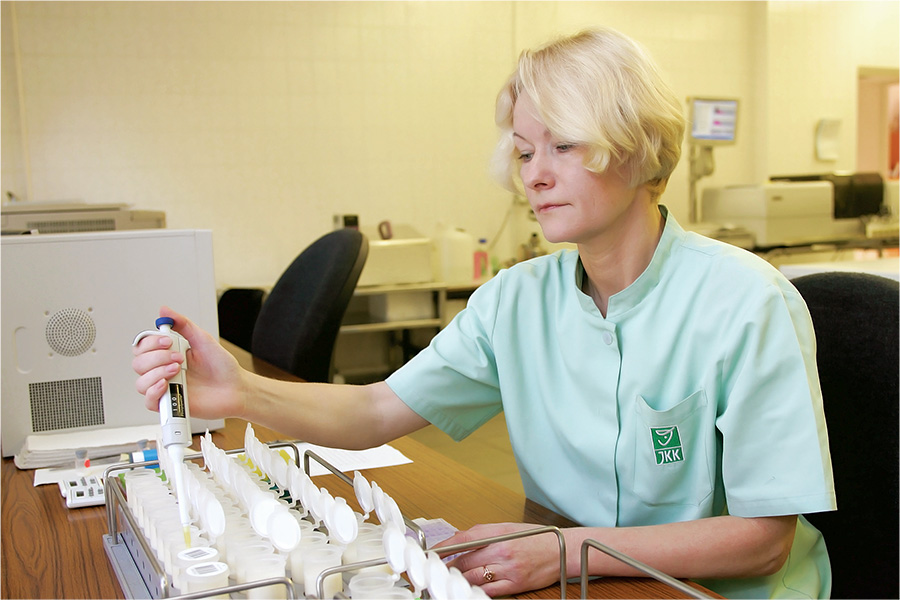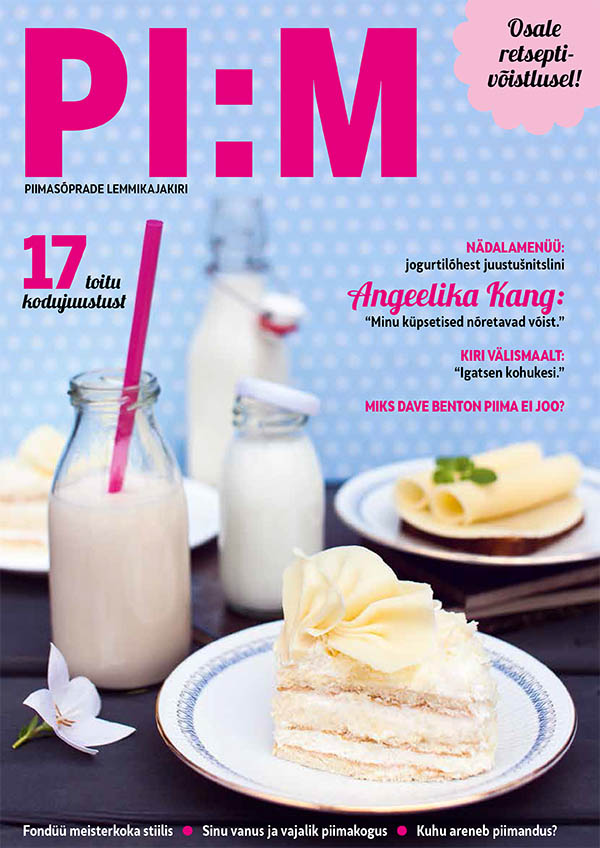From the moment we are born, our life depends on milk. Nature has created milk to be a food with high biological value and that is needed by human beings from birth to death. For all the good characteristics of milk to be preserved, one should treat nature’s creation very carefully. In addition, the quality of milk used in the production of milk products is important.
 Therefore, it is natural that Estonian law has required the cleanness and quality of milk and milk products for more than 70 years.
Therefore, it is natural that Estonian law has required the cleanness and quality of milk and milk products for more than 70 years.
The history of governmental milk control started in 1922, when a dairy school for teaching dairy technicians was established at the Õisu state manor. Thanks to that school, it became legally possible to require dairy technician diplomas of all dairy managers.
The same year, the state dairy law was instituted to guarantee the quality of milk and dairy products. For instance, selling open milk and cream on markets was prohibited by the law.
Milk and dairy products were initially cooled with water and later with ice stocked in the winter. At the end of 1930s, the wealthier dairy companies acquired the first cooling equipment – compressors.
Today, supervision of raw milk and milk products is regulated by Estonian food legislation that complies fully with the requirements of the European Union. The quality of raw milk is a priority as only clean raw materials allow for the production of good and safe products. A lot of attention has been paid to these concerns in Estonia, and as a result, the quality of raw milk has improved over the years.
Starting in 2003, the quality of all milk sold to processing industry is controlled by the Milk Laboratory of Tartu Animal Recording Centre. The Laboratory is accredited and milk is analysed with modern equipment (BactoScan 8000SH and System 6000). These efforts have been acknowledged by consumers.
 Since Estonia’s dairy industry complies with today’s exceptionally high quality control and food safety standards, Estonian dairy products are popular on both domestic and export markets.
Since Estonia’s dairy industry complies with today’s exceptionally high quality control and food safety standards, Estonian dairy products are popular on both domestic and export markets.
For food safety, the application of methods based on hazard analysis and critical control points (HACCP) was initiated in
1996. In addition, certified quality management systems (ISO 9001) have been instituted.
The production of Estonian dairy industry has developed and widened throughout the years. In the last ten years, many new products that were not produced here before, such as yoghurts and milk desserts, have been launched. Equipment has been renewed almost entirely and modern technologies have been introduced.
Several competitions, such as the annual “Estonia’s Best Food Product”, where dairy products have always been successful and earned high recognition, are organized to help to introduce and promote new products.
Share ►


